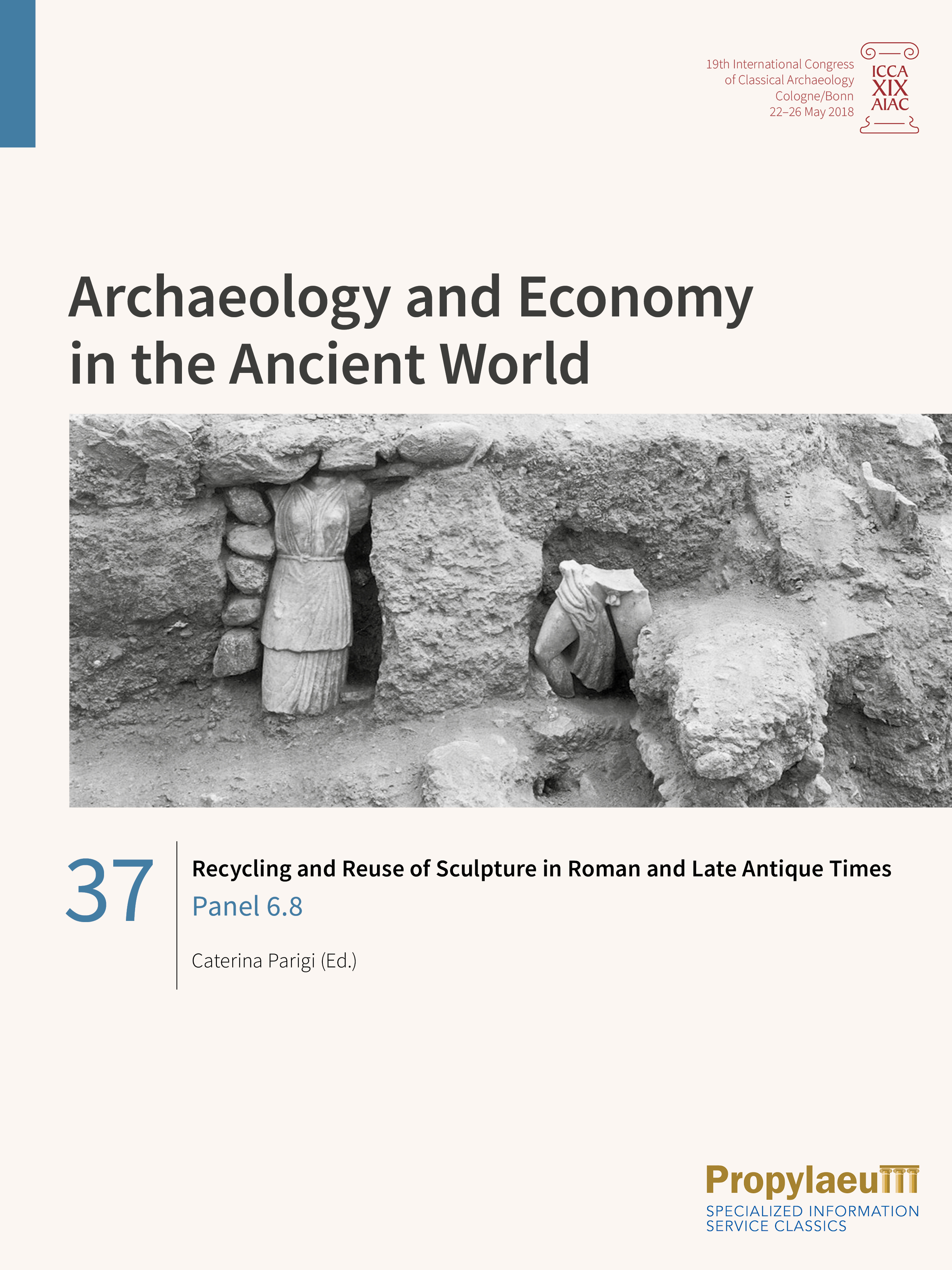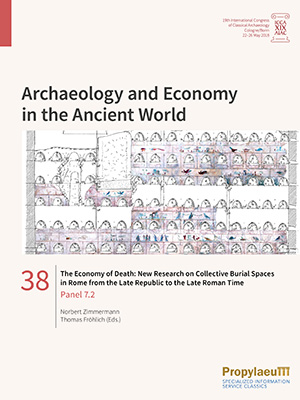Ruotolo, Roberta
Recycling and Reuse of Sculpture in Roman and Late Antique Times: Panel 6.8
Recycling and reuse of sculpture was a common practice in the ancient world, which took a variety of forms in different periods and places.
The volume stresses two main aspects in relationship to this practice, namely the reuse of sculptures and their parts as building material on the one hand and in their original function or as works of art on the other hand.
The reuse of sculpture has a number of socio-economical aspects. As the economic factor always plays an important role in recycling, it must always be taken into account. It is also important to remember the difficulty to purchase new sculptures in Late Antiquity. However, reuse and recycling are complex processes, which do not have a single cause and not only occur in Late Antiquity. The reuse of statues may also have had an aesthetic value and been seen as a reminder of former times of glory.
This volume focuses on the Roman and Late Antique periods, aiming to show the continuity and the complexity of the phenomenon. Through the comparison of different case studies in varying contexts, the papers highlight the common features and local singularities of this practice.
The Economy of Death: New Research on Collective Burial Spaces in Rome from the Late Republic to the Late Roman Time: Panel 7.2
The contributions of this volume study economic aspects of Roman burial architectures for extended numbers of burials, such as columbaria, large hypogea, or catacombs, and try to form a picture of their owners and users. They discuss how far economic reasons played a leading role in the invention, the development and the use of these big burial monuments in Rome and how these buildings fulfilled the religious and social needs of their users, especially in the transitional period from the Roman to the Early Christian period. New studies in Roman funeral monuments could document interesting evidence for the dynamic process of the preparation and use of burial space. Especially in larger architectures for much more than a single family, the economic aspects of the ownership and use of these installations is fascinating. Who were the planners of the projects, why were certain places and specific architectures chosen? How and at what time in the project were the burials of the owners and their families provided for? In what manner were further tombs sold or given to others? And which locations within the installation were they able to get? During the last decades, a series of general studies on Roman burials and burial customs were base on older documentation out of necessity, while new and more detailed analysis of single monuments often provide new and different insights of interpretation."








